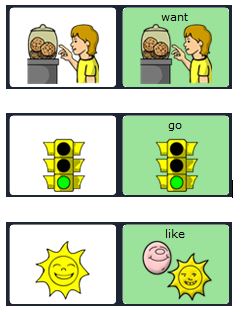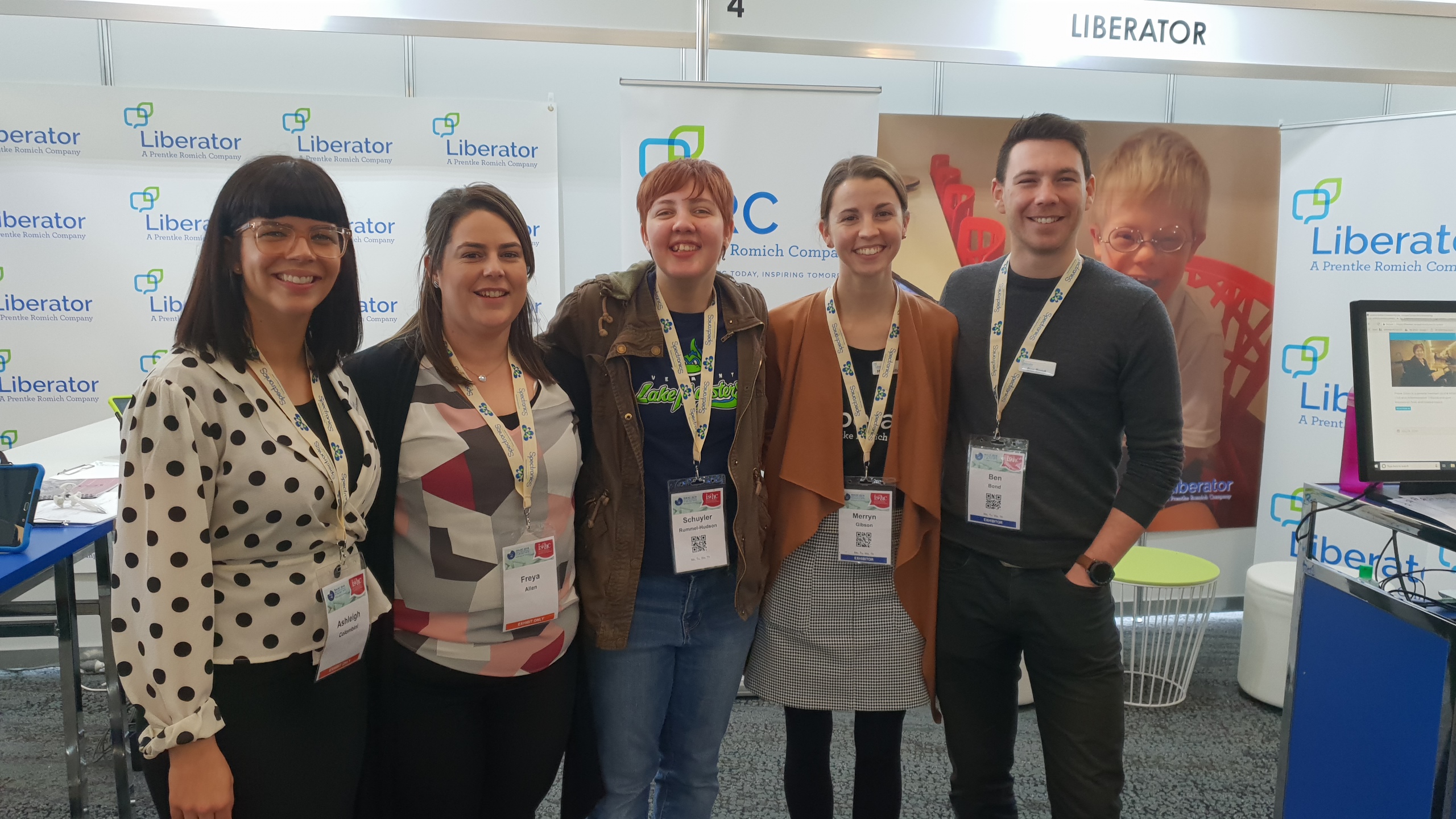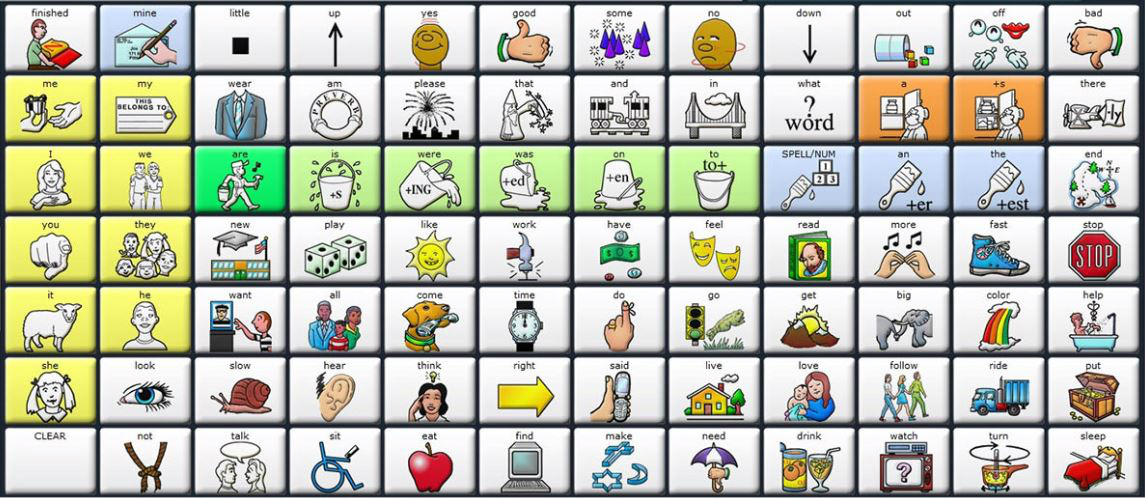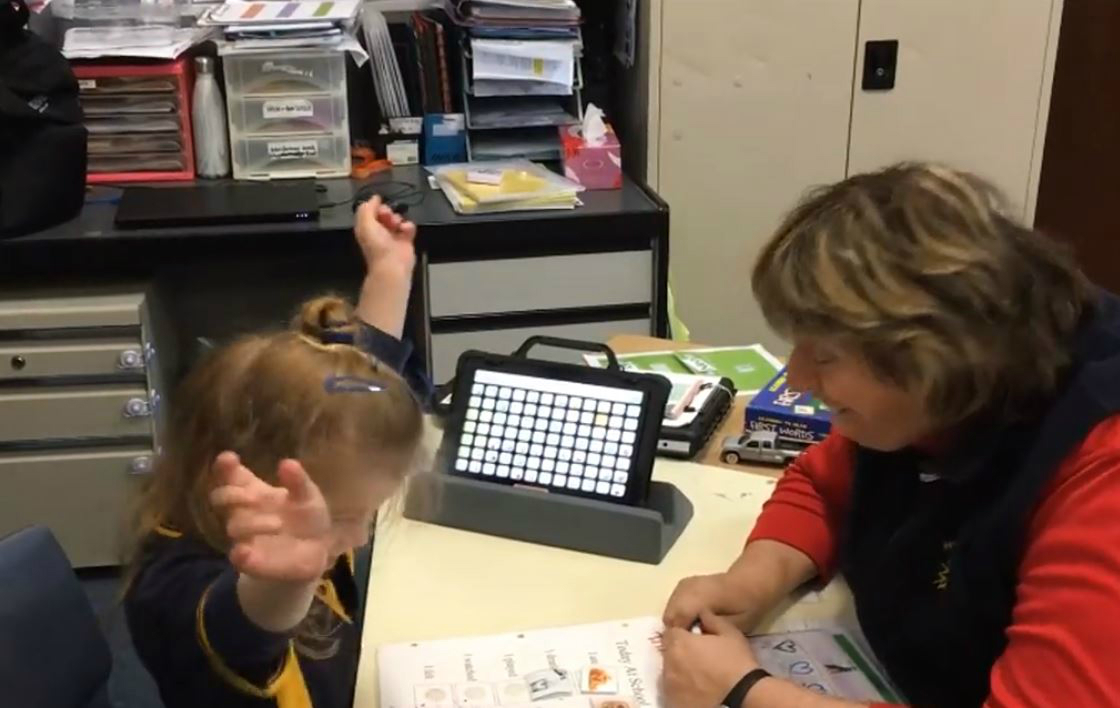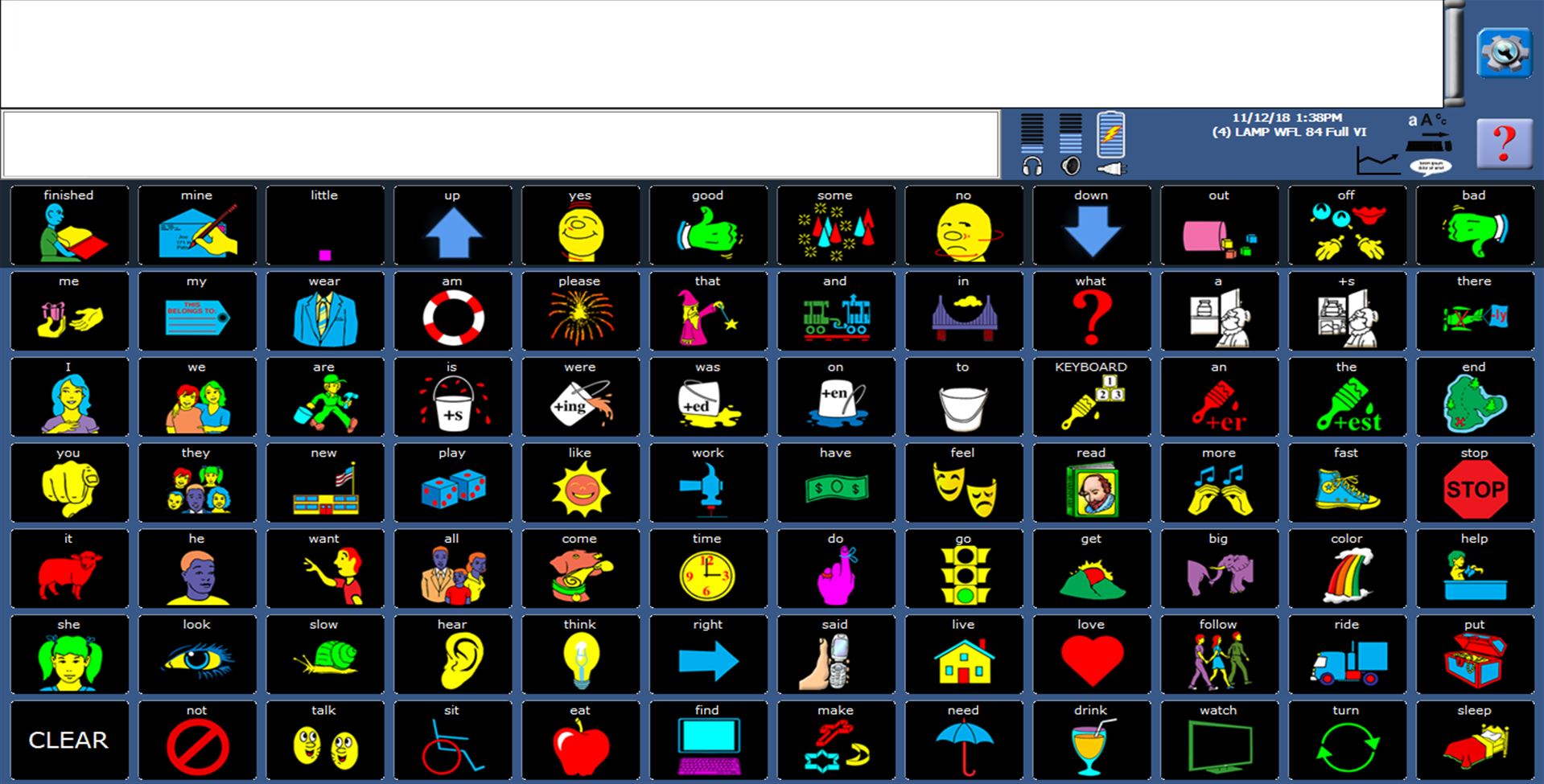LAMP 1-Hit or Sequenced - Where should you start?
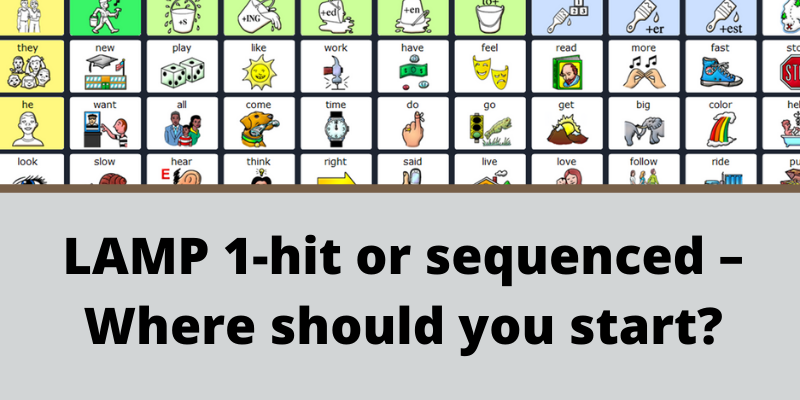
This post written by our NSW consultant explores her journey of knowing when to apply the LAMP 1-Hit vs LAMP Sequenced vocabulary files.
‘1-hit or sequenced – where should I start?’ Factors to consider when deciding between a 1-hit or sequenced vocabulary file.
In my early career, I thought that every client who used LAMP Words for Life or Unity should start on a 1 -hit file first. It makes sense, right? A simplified vocabulary, with limited options and no navigation required. What could go wrong?! I was often surprised when my client would become disinterested or even upset when there weren’t more words available. I tried every activity that I could possibly think of to keep them engaged… and then I realised.
“They need more language! Perhaps they’re far more capable than I thought?”
I remember on one occasion, I hesitantly opened up LAMP Words for Life Full on my client’s trial device, unsure if I was making the right decision. With a bit of modelling and practice, the client could sequence 2 and 3 icons together perfectly to produce the target words! The following week, they were even exploring new words in the system that I had never modelled before! To this day, I wish that I would have presumed that my client had potential and started with the sequenced file from the very beginning!
I’m sure I wouldn’t be alone in this experience. The temptation sometimes is to head straight to a 1-hit file as it’s ‘easier’ and ensures early success. However, what happens if they’re using LAMP WFL 1-hit and you need to quickly access some nouns. Or if I want to model simple grammatical words, verb tenses or conjunctions and they’re not there!
To help us weigh up our options, let’s take a brief look at the features of a 1-hit file vs a sequenced file.
|
LAMP WFL or Unity 1-hit file Basic features
|
|
|
Pros
|
Considerations
|
|
LAMP WFL full or Unity sequenced file Basic features
|
|
|
Pros
|
Things to consider
|
If you decide start off with a Unity sequenced of LAMP WFL full vocabulary file here are some strategies you can try to set your user up for success.
- Motivation: Find activities to motivate the user in fun and meaningful activities. You can use our interest inventory to identify these activities might be. You might find that the user will need less prompting to complete an icon sequence when they are motivated.
- Pressure free modelling: some simple exposure through language modelling on their device during a fun activity may show the user the benefits of persisting through multiple page hits to produce a word.
- Changing the icon colour: You can change the colour of the first icon in a sequence, to bring visual attention to it. The aim is to fade this back to the original colour within 2 weeks.
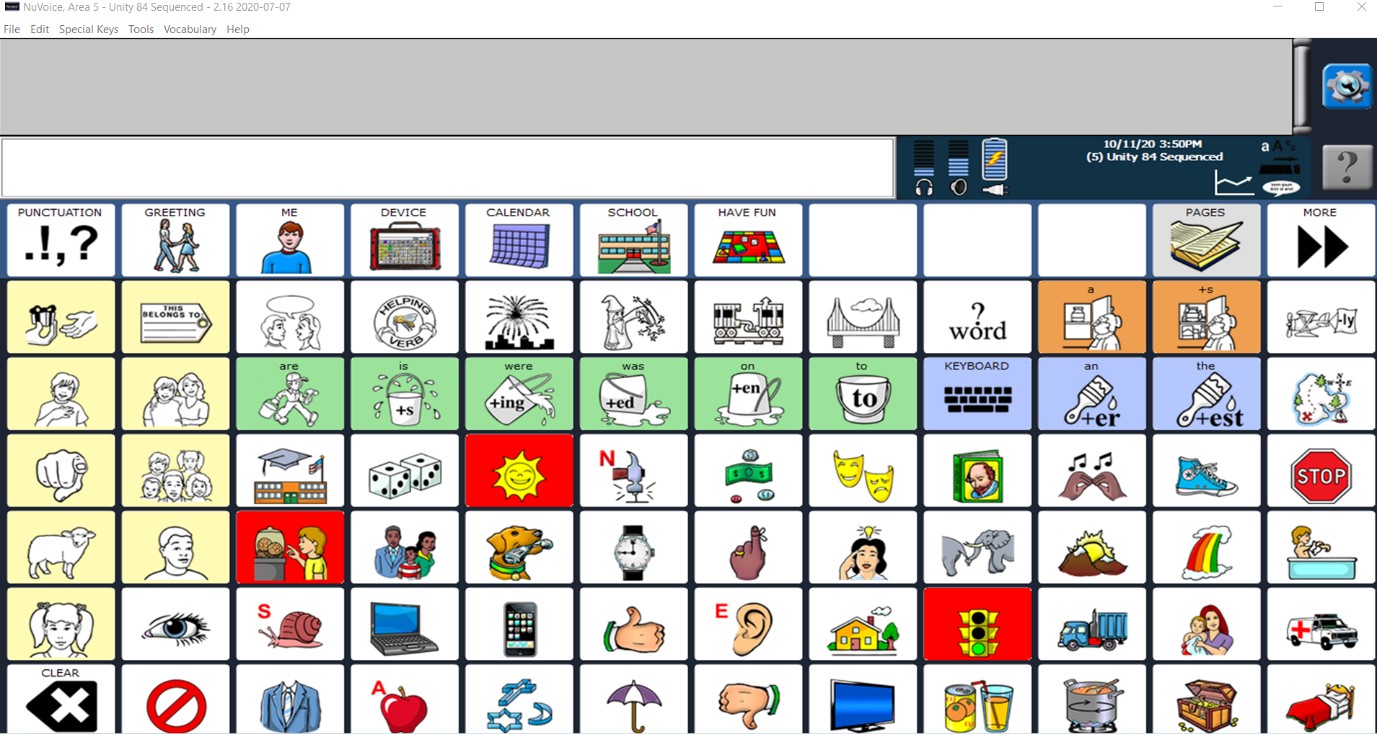
- Using the vocabulary builder: You can choose to have only the target words for part of the activity, to help the user focus on the target words. You can turn the vocabulary builder on/off easily, in case you need to quickly find a word that is not included in your list.
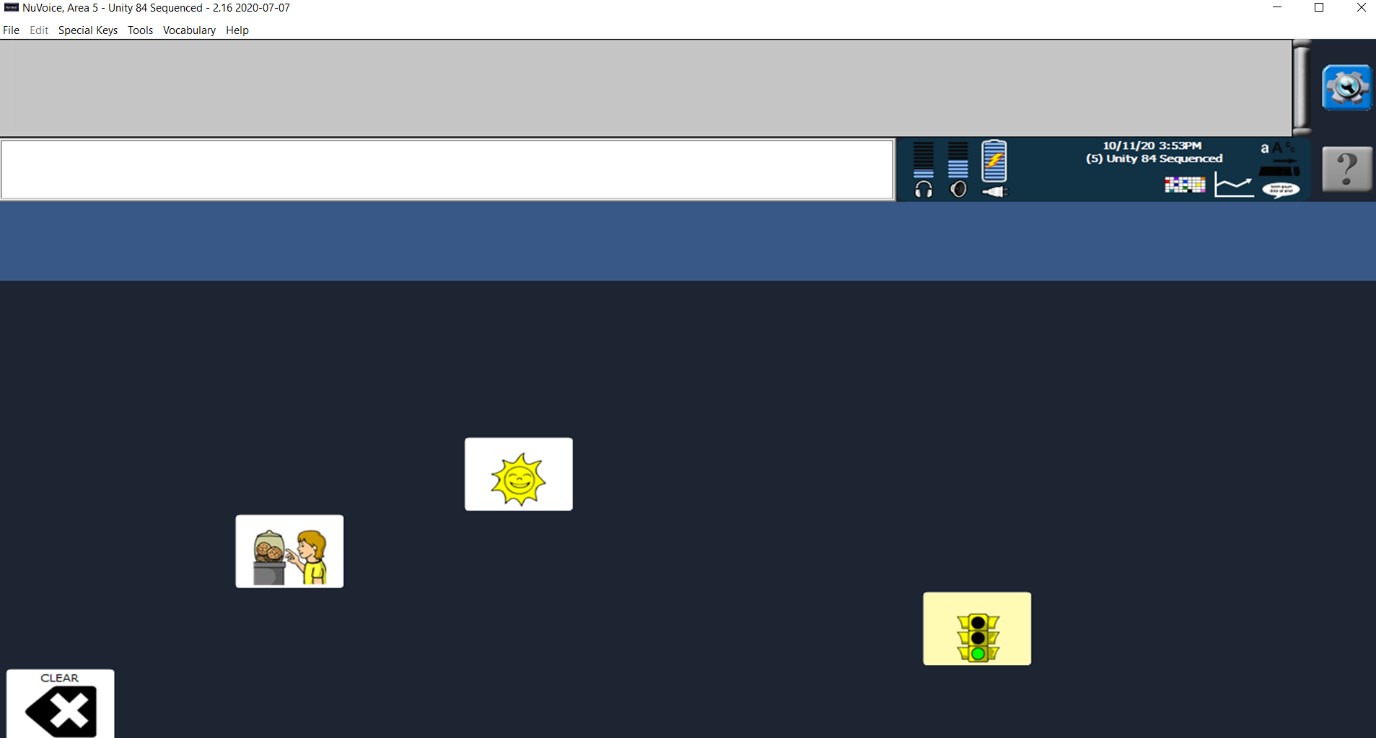
Create a SMART chart: Using the free NuVoice software download, you can create visual smart charts to display the user’s target words in LAMP WFL or Unity. This can be a useful to reminder of the icon sequences that represent each target word.
- Have a clear prompting hierarchy: have a plan to introduce icon sequences with the right level of support and then gradually fade this over time, as your user learns the motor patterns for different words. You can find an examples of different prompting hierarchies on the PrAACtical AAC blog.
Why not try these strategies first? If you need to step back to the 1-hit for a while, this is ok. At least you’ve given the user an opportunity to prove you wrong, rather than assuming what they are (or aren’t) capable of.
Remember - having access to a wide vocabulary never harmed anyone. Furthermore, we should seek to do no harm, by supplying our users with a wide vocabulary, so they can say …
- Whatever they want
- To whoever they want
- Whenever they want.
Go on and make the least dangerous assumption about the user and start off with the full or sequenced file. They might just surprise you!
Resources:
To learn more about presuming potential, I would recommend the ‘Talking with Tech’ podcasts ‘Why Presuming Potential Matters + Interviews from ASHA with Bill Binko, Cindy Halloran, Heidi LoStracco, Sarah Wilds, and Brian Whitmer’ and ‘Gemma White: Fostering a Growth Mindset With Core Words’.



